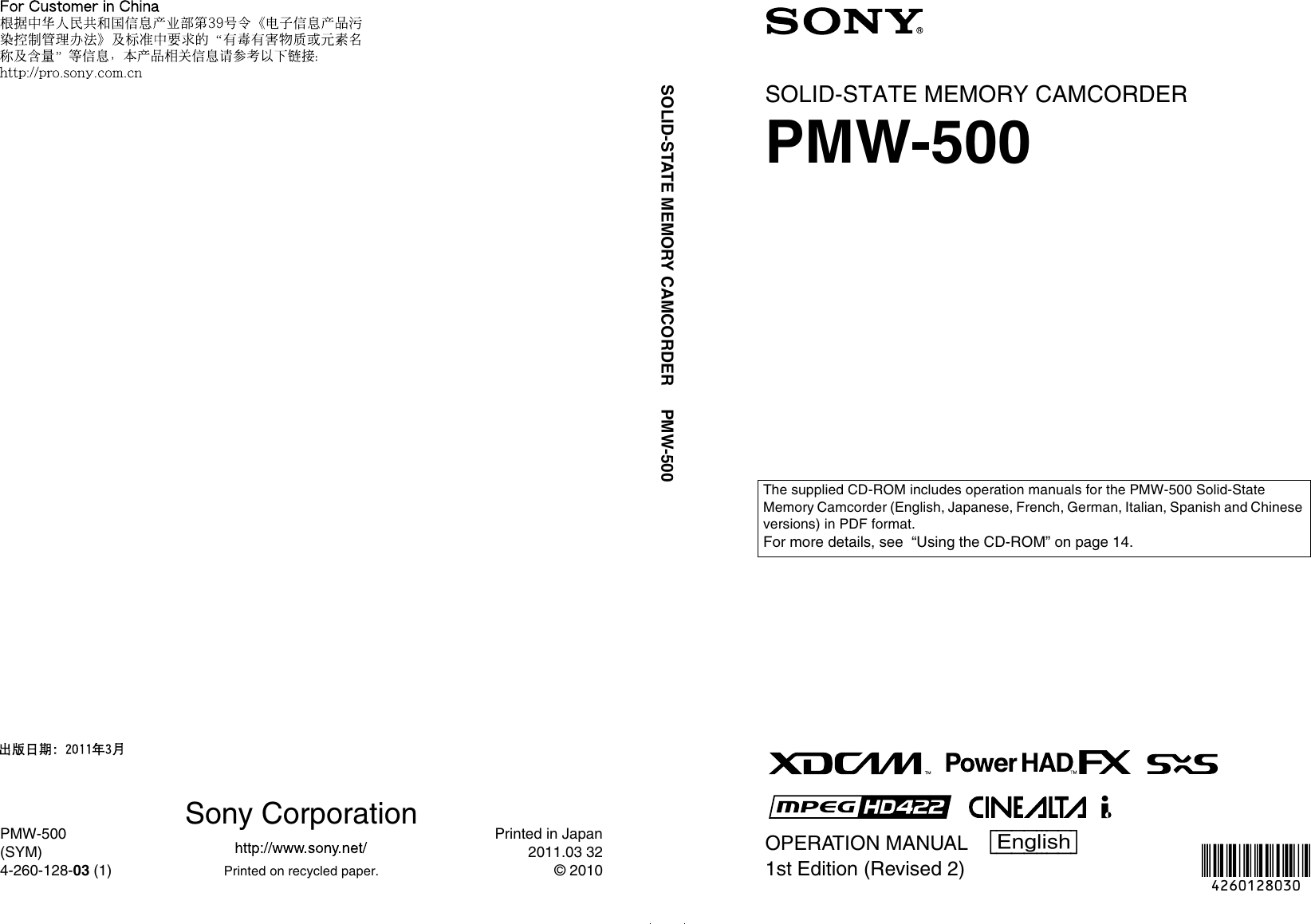My Bright Tomorrow Radio And Speaker System For Mac
- My Bright Tomorrow Radio And Speaker System For Macbook Pro
- My Bright Tomorrow Radio And Speaker System For Mac Pro
- My Bright Tomorrow Radio And Speaker System For Mac Computers
- My Bright Tomorrow Radio And Speaker System For Mac Catalina
- When you play sound through your Mac’s built-in speakers the output is set to Internal Speakers – Built In. When you play digital audio the output should be set to Digital Out – Optical Digital-Out Port. If the wrong output type is selected, click to change it. Close System Preferences.
- However, as is mentioned in the comment to the accepted answer, my Airplay broadcast disconnects as soon as I try to change the audio output in ITunes. I was, however, able to direct audio from VLC to my built-in speakers without affecting the Airplay output. I can listen to music on the computer while Airplay broadcasting TV to another room.
Use the latest version of macOS
The first step is to make sure that you're using the latest version of macOS. Back up your important information and then update the software on your Mac.

Check your sound settings
Learn how to set up audio devices on your iMac (Mid 2014) and later. You can use Audio Midi Setup to select audio channel input and output devices, configure output speakers, set clock rates, and control audio levels.


My Bright Tomorrow Radio And Speaker System For Macbook Pro
If you still can't hear sound from the internal speakers after updating your computer's software, check your sound settings.
First, disconnect any external audio devices from your computer. Also disconnect any cables from the USB, Thunderbolt, or 3.5mm audio ports.
My Bright Tomorrow Radio And Speaker System For Mac Pro
- From the Apple menu , choose System Preferences.
- Click Sound.
- Click the Output tab, then select the built-in speakers. If you don’t see built-in speakers as an option in the Output window, contact Apple Support.
- If the Output volume slider is set low, move the slider to the right and test again.
- If the Mute checkbox is selected, deselect it and test again.
- If you still don’t hear any sound, contact Apple Support.
You can use Audio MIDI Setup to configure audio input and output devices that you use with your iMac, such as microphones and multichannel audio interfaces. Audio MIDI Setup works with many types of audio and MIDI interface devices, including your computer’s built-in audio and digital multichannel audio devices. It works with devices connected to your iMac using FireWire, USB, Bluetooth, PCMCIA, and PCI.
The settings you can change in Audio MIDI Setup depend on the audio device you’re using. For example, if the device supports volume control, you can adjust the volume for each channel your audio output device has available by following these steps:
- Connect your audio devices to your iMac. If necessary, install any software included with the devices. See the documentation that came with your audio devices.
- Open Audio MIDI Setup (you can find it in Utilities, inside your computer's Applications folder).
- Choose an audio device from the list on the left side of the Audio Devices window.
- To use the device for sound input, choose 'Use this device for sound input' from the Action pop-up menu.
- To use the device for sound output, choose 'Use this device for sound output' from the Action pop-up menu. If you also want to use the device to play system sounds, choose 'Play alerts and sound effects through this device' from the Action pop-up menu.
- On the right side of the Audio Devices window, choose the options available for the device you're setting up:
- In most cases, leave the 'Clock source' pop-up menu on the default setting.
- To set up surround (multichannel) speaker configurations, click Configure Speakers. Then, choose the type of configuration you want to use. See Set up external speakers for stereo or surround sound for more information.
- You can set the sample rate and bit depth in the Format pop-up menus. Make sure they match the appropriate settings for your audio device and that the input and output sample rates are set to the same value. For example, the built-in speakers of an iMac computer may appear like this:
Korg trinity patch list. Additional settings
My Bright Tomorrow Radio And Speaker System For Mac Computers
- If your iMac supports the hardware sample rate converter, the Hardware Rate Converter pop-up menu is available in the Input menu. When you choose Automatic from the pop-up menu, the hardware sample rate converter is turned on if the audio samples coming in are PCM and formatted according to the international standard IEC 60958-3. The hardware sample rate converter is turned off if the input stream is encoded. You can also choose Enable or Disable from the menu to keep the hardware sample rate converter turned on or off.
If you choose Enable from the menu, you may not be able to stream non-LPCM or encoded audio because the audio may not be recognized. - If software volume control is available for your device, the Volume sliders are blue to indicate they are active. Drag the sliders to set the volume for each channel.



